All Because of a Choice
Every 15 Minutes Program Aims to Deter Students From Drunk Driving
Heartbeats. Now screeches. Then tears.
This was the series of events of Every 15 Minutes.
From March 20 to March 21, Sage Creek participated in Every 15 Minutes. Select students, administrators and teachers immersed themselves in the program to remind teens of the consequences of driving under the influence
In the program, students collaborated with the California Highway Patrol (CHP) and local emergency responders to emphasize the impact of their choice to drive under the influence. Targeted primarily towards juniors and seniors, this two-day program was filled with intensity and emotions — and deliberately so.
Unlike other mundane presentations where statistics are chucked at students and listed off like a script, Every 15 Minutes brought drunk driving to life.
Heartbeats
It all began on March 20. At around nine in the morning, Principal Cesar Morales announced on the intercom that students should be aware of the heartbeats, as they signified the death of a DUI victim. Many students scratched their heads; Morales had done something similar during Red Ribbon Week where he narrated snippets of a student’s death due to drunk driving, but heartbeats were something foreign.
When the first wave of heartbeats arrived, no one knew what was going to happen. This was the case until administrators and police officers visited classrooms holding an obituary and a white rose. Jesse Schuveiller, the vice principal, announced the name of a current student; the student exited the room with their belongings, and Schuveiller proceeded to read their obituary. Nothing but a white rose and their obituary was left on the student’s desk.
For the first three class periods, heartbeats echoed through Sage Creek. Silence, confusion and mourning plagued each classroom as another student fell victim to drunk driving.
Screeches
When it was time for the assembly, every student who was ¨killed¨ sat silently with skeleton-painted faces. Two wrecked cars sat face to face. Within the cars sat nine students with bloody faces. Some were conscious. Some weren’t.
Over the speaker system, senior Paige Loeffler and a 911 dispatcher communicated about the dramatized car crash. Nine Sage Creek students collided at the intersection of Cannon and El Camino. Her voice quaked with fear as she was screaming through the phone; she told the dispatcher every gruesome detail of the collision.
The phone call played as the majority of the student body found their seats. It was played a second time when everyone was seated. There was complete silence. Unlike other assemblies where students chattered and giggled, stillness plagued the audience.
Eyes remained peeled and mouths stayed shut as police, paramedics, and firefighters sped around the track to the scene. Meanwhile, the ten students moaned and screamed for help. The drunk driver of one of the cars, senior Connor Tabone, was put to blame.
¨What did you do, Connor?… Connor, get out of the car… Connor, what did you do?,¨ the victims wailed.
In the midst of screams, the students who were able to escape the demolished cars, did so. They shuffled, trying to sober up in order to help their other friends get out of the car. These students were the lucky ones. Juniors Summer Fitzgerald and Grayson Hatter, along with senior Bailee Brennan, all suffered from the decision Tabone made to get behind the wheel.
After Fitzgerald was zipped away in the coroner’s car, Hatter was airlifted in a helicopter, and Brennan was rushed to the emergency room, the first assembly drew to a close.
Tears
The next day, the second assembly took place in the Bobcat Arena. A video showcasing how the disaster came to fruition was played first.
The nine students were at a prom after party. Intoxicated Tabone and a band of his friends left to go buy more alcohol, and on the other hand, sober Hatter and some of his friends left because the party became too wild. Eventually, the two cars collided head-first at the major intersection of Cannon and El Camino after Tabone swerved into oncoming traffic.
The video exposed everything that really can happen (and does happen) at high school parties. The creators of Every 15 Minutes wanted to make this video to illustrate the relatability of the situation, and overall persuade students to make smarter decisions.
Later, a slideshow of all the victims was projected along with accompanying somber music. Two caskets were rolled in, one for Hatter and the other for Fitzgerald. A mock funeral for the two was held.
As the assembly proceeded, the participating students in this program spoke at the podium.
Brennan, the first speaker, focused on how her career as a future collegiate Division I soccer athlete would be cut off forever because of a choice.

Senior Bailee Brennan, recently paralyzed in the accident, returns to her seat after speaking with tears streaming down her face.
“While my brain was trying to process the crash, I kept trying to move my legs but they remained as still as my friends― Summer and Gray― who were only moments ago so full of life,” Brennan recollected in her speech.
Once she finished, teachers Domenic Manente and Valerie Park, who were both among the walking dead during Every 15 Minutes, stood and spoke at the podium. They emphasized the importance of not taking life for granted and appreciating the simple things, for the future is uncertain.
“I began thinking about dying by being hit by a drunk driver. It seemed unfair that I would be taken away from my family before I was ready. It made me contemplate how unfair it is for some person’s decision to drink and drive could cut my life short,” Manente said.
Up next were the victims of the car crash, Fitzgerald and Hatter. Though they spoke separately, both had took a poetic route to commemorate their death.
Hatter recited a poem to his mother, administrator Jennifer Hatter called “I Went to a Party, Mom.” Throughout the entire poem, tears flushed down the cheeks of Hatter and his audience.
“I just want to tell you, mom, I swear I didn’t drink; it was the others, mom; the other guy didn’t think. He didn’t know where he was going, mom; he was at the same party as I. The only difference is he drank, and I will die,” Hatter recited.
At this point, sobs and sniffles were in abundance, and the death of Fitzgerald and Hatter seemed so real.
Once the students and teacher had concluded, a CHP officer, Mark Latulippe, told his own real and personal story. He communicated how drunk driving affected his life when a cousin and his family died in Austin after being hit by a drunk driver. Despite his tall and strong stature, he too found himself weakened by the death of his close family members.
He knew drunk driving all too well being a CHP officer, but never had he thought he would have to deal with it personally.
“My professional life and my personal life had soon become one. All because of a choice,” Latulippe said.
Once the dust settled, Morales stood up to conclude, however even he struggled to hold back his tears. He asked his students to reflect on their feelings from the past two days. He ultimately wanted his students to comprehend the gravity of what one choice can make.
One Choice

This program was established so high school students can understand first-hand how driving under the influence can truly impact their lives. Whether they are paralyzed, pronounced dead, or a friend or loved one passes away, it all comes down to one choice a person makes.
For years, facts and statistics have been shoved down teens’ throats. However, statistics don’t lie.
According to the National Highway Traffic Safety Administration (NHTSA), accident crashes are the leading cause of death in teens. In Fact, in 2015, 235,845 teenagers in the United States ages 16 to 19 were treated for injuries suffered in motor vehicle crashes. Also in 2015, 2,333 teenagers died in an automotive crash. This means that six teenagers died every day from motor vehicle injuries. About a quarter of those crashes involve driving under the influence.
Teen fatalities don’t fully represent the gravity of drunk driving. Twenty-eight people in America die everyday from car crashes involving a DUI. That is one death every 51 minutes. This number, however, has actually greatly improved considering in 1995 there was a death every 15 minutes.
Nationwide, the legal drinking age is 21. To legally drive, the blood alcohol content (BAC) must be .08% or less. As there is no tolerance to underage drinking and driving, the BAC for those under 21 is zero.
When it comes down to it, these numbers are flexible. Fatalities can increase and the time in between deaths can decrease. However, fatalities can decrease and the time in between deaths can increase. All it takes is a choice. Make a choice to not pick up the keys and get behind the wheel.
Don’t be a good person who makes a bad decision.


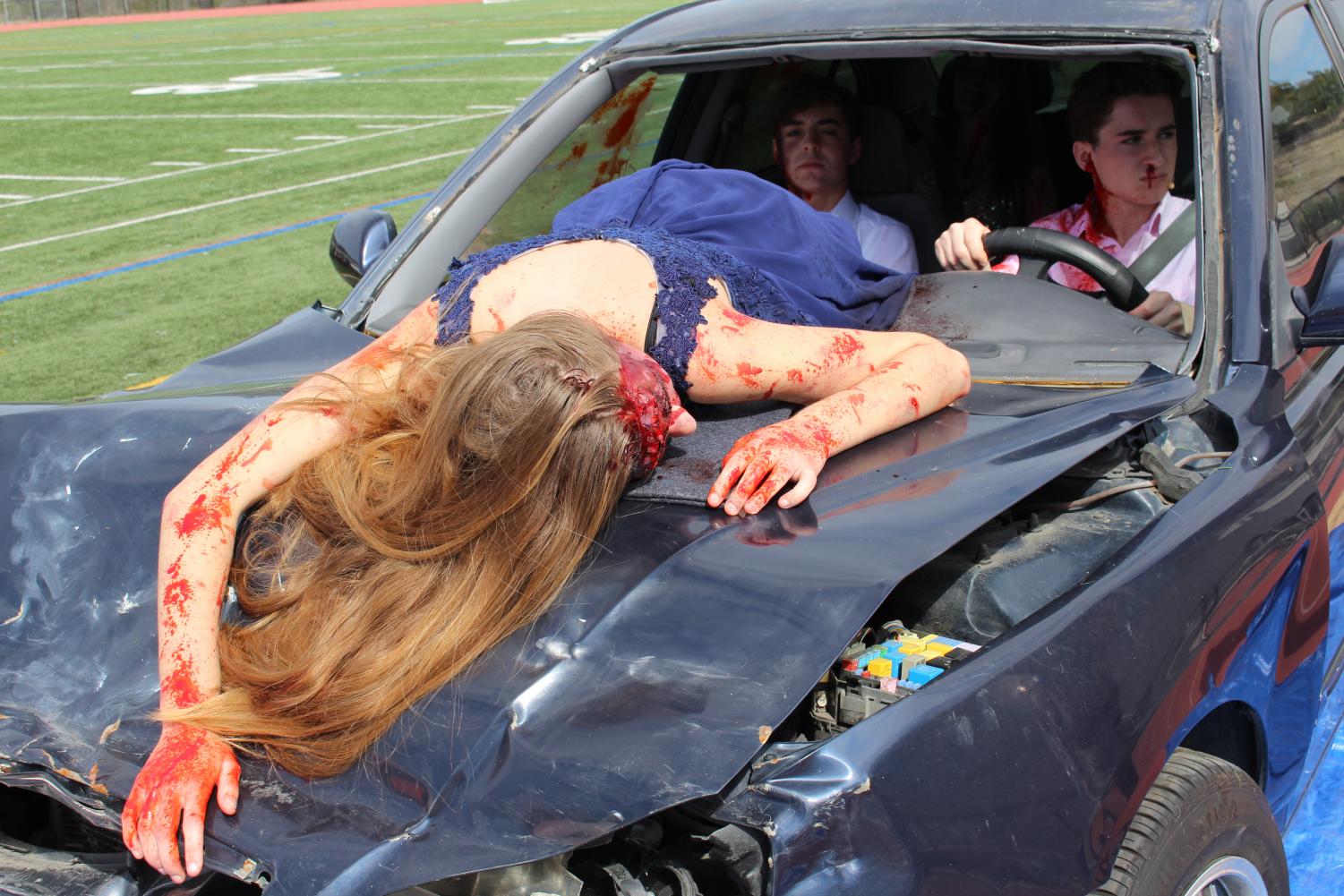
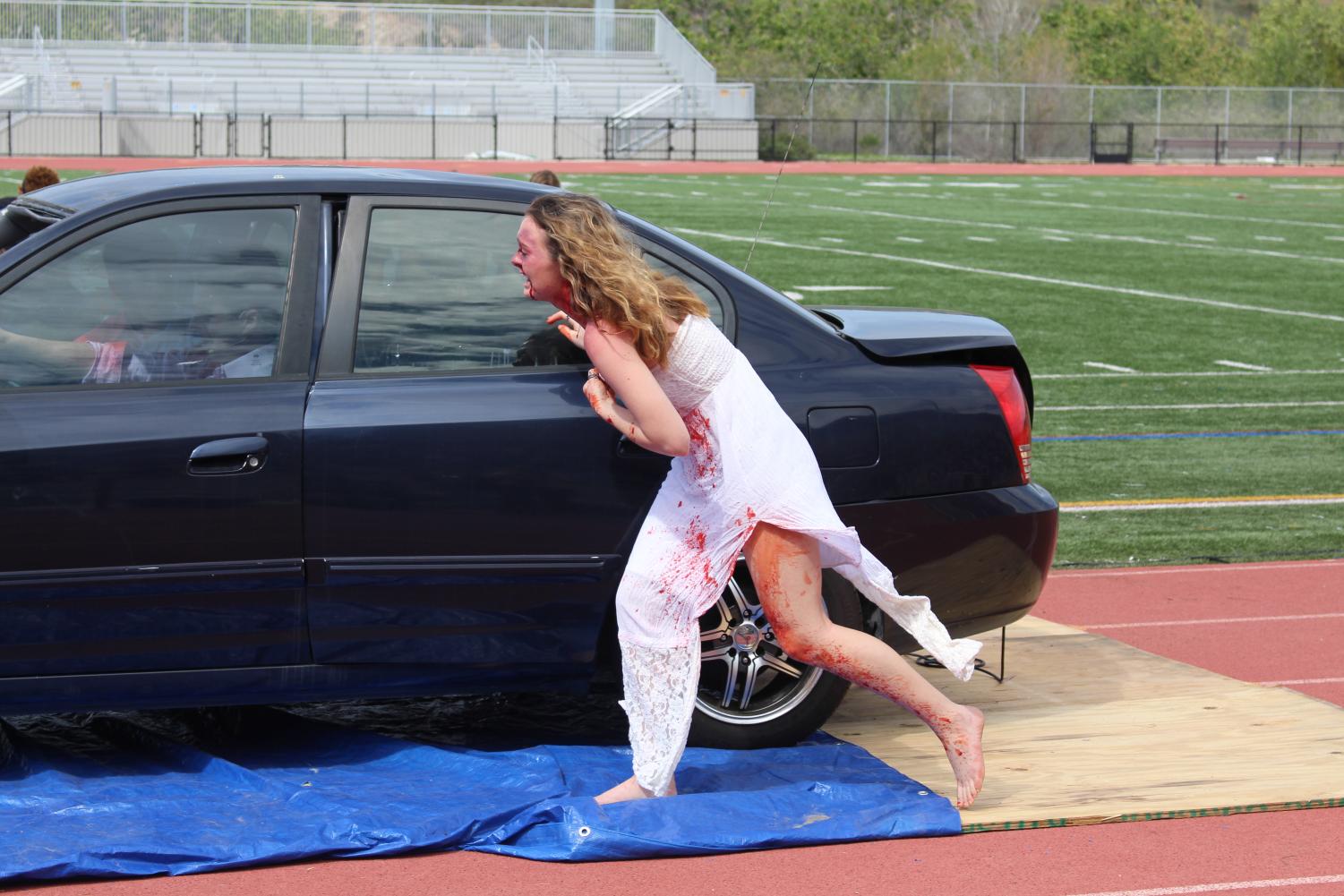
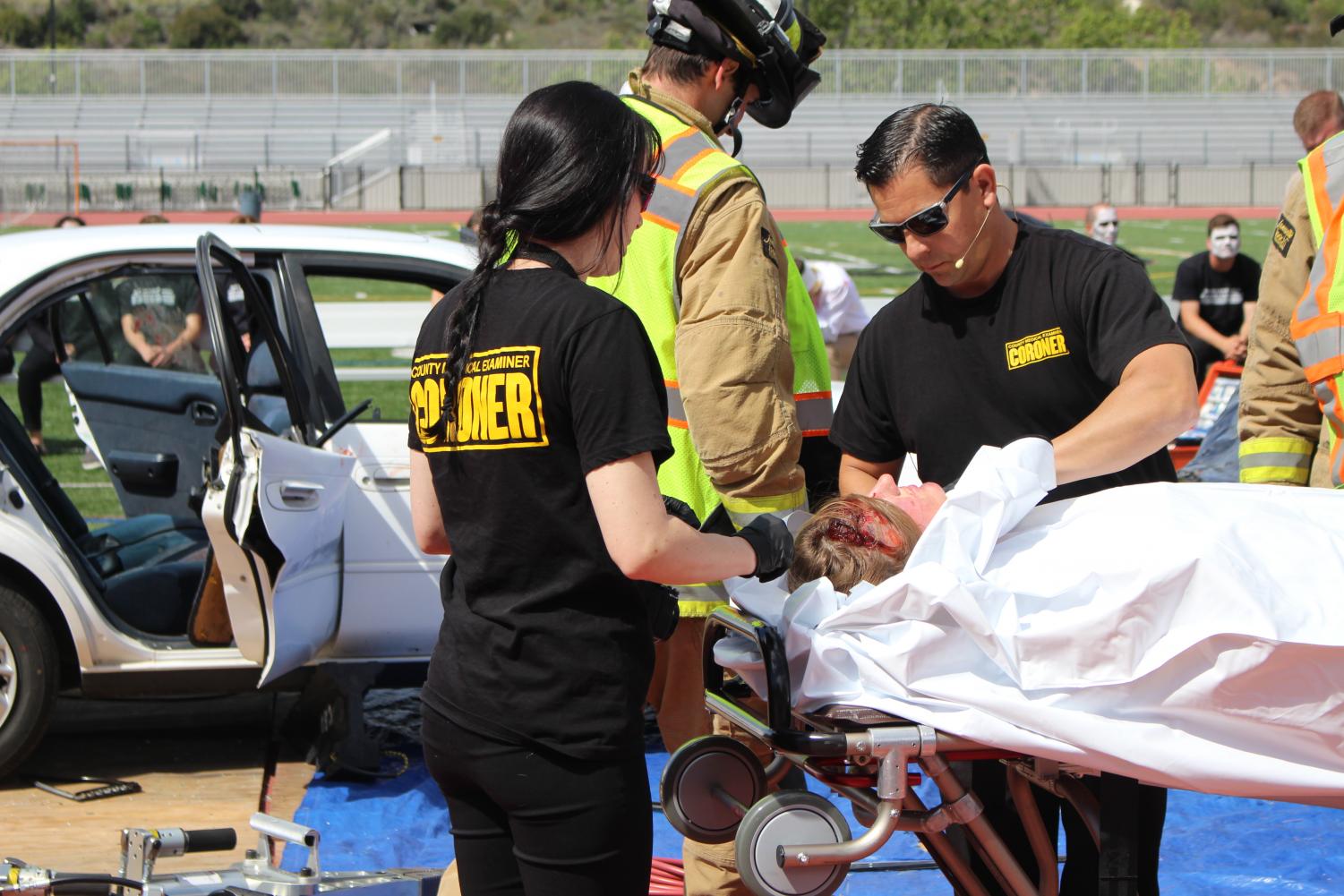

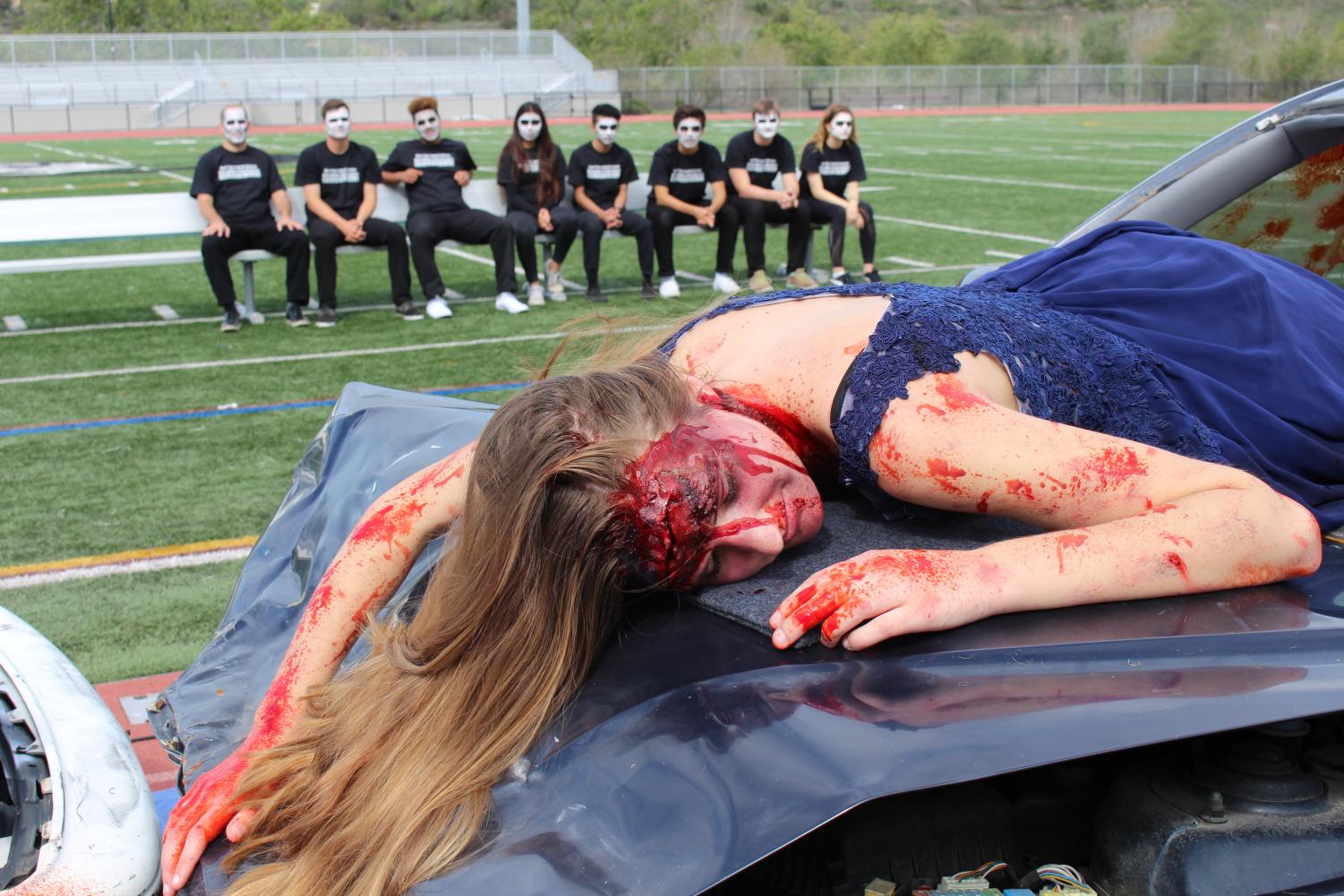


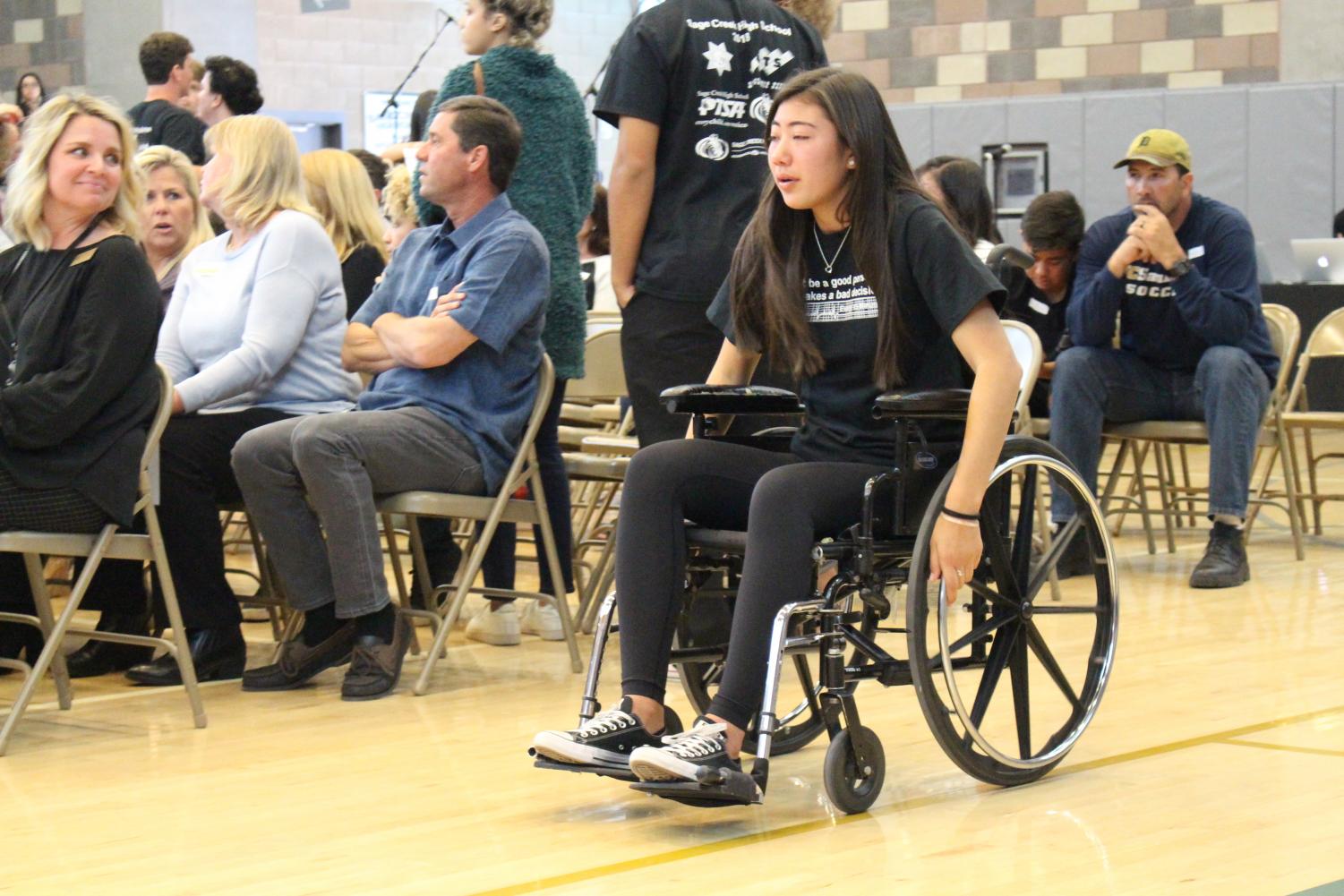

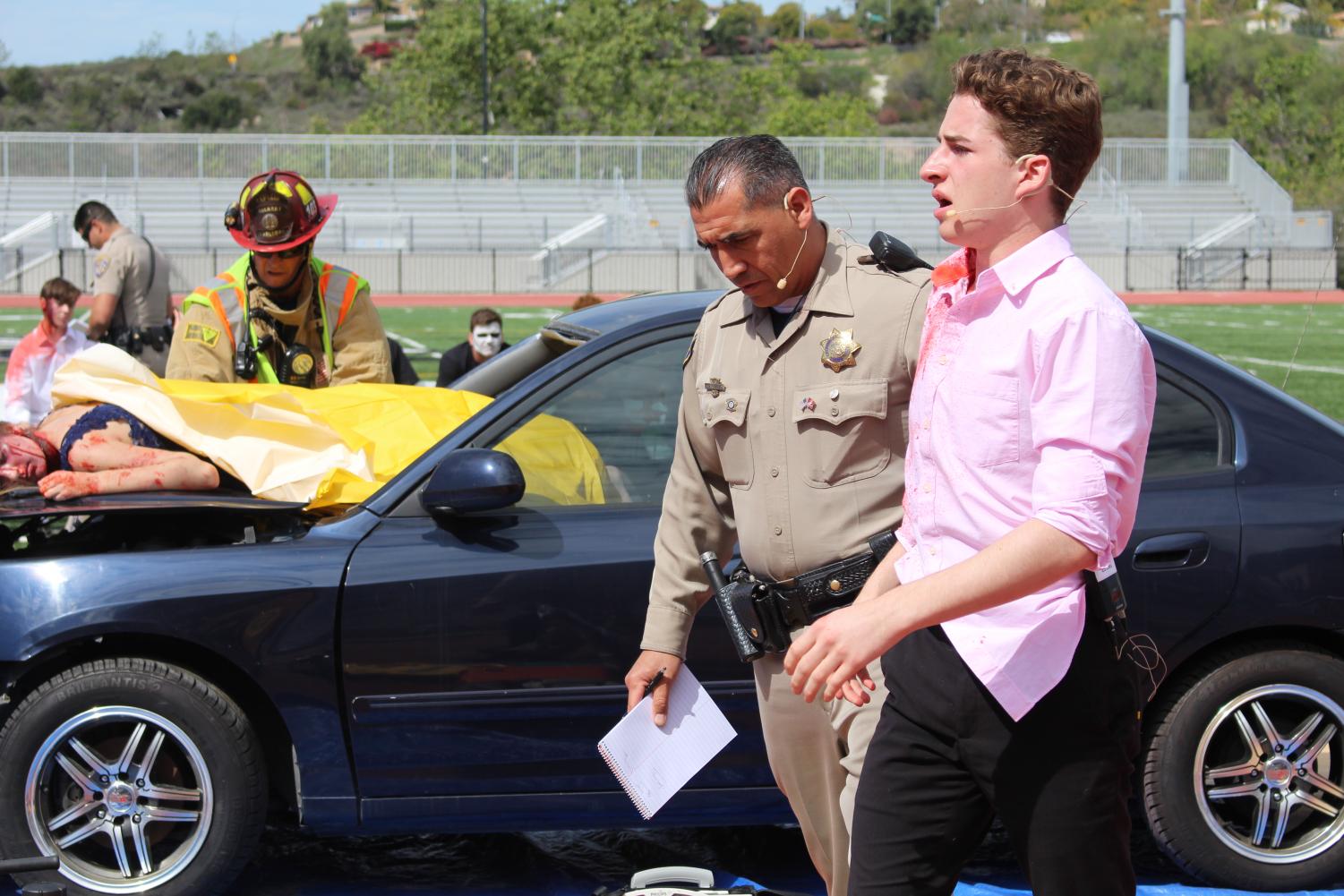

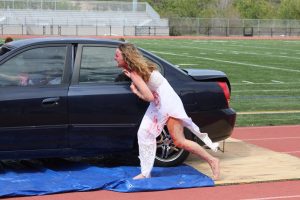
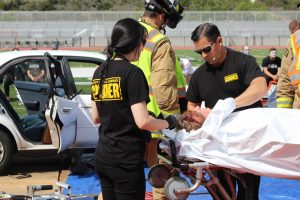
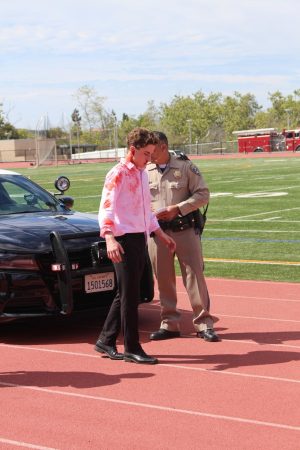



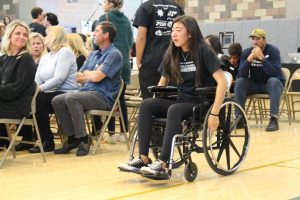
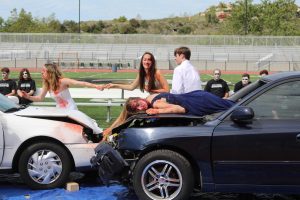

Charlie Lewis ◊ Apr 10, 2018 at 1:35 pm
Very effective scare campaign